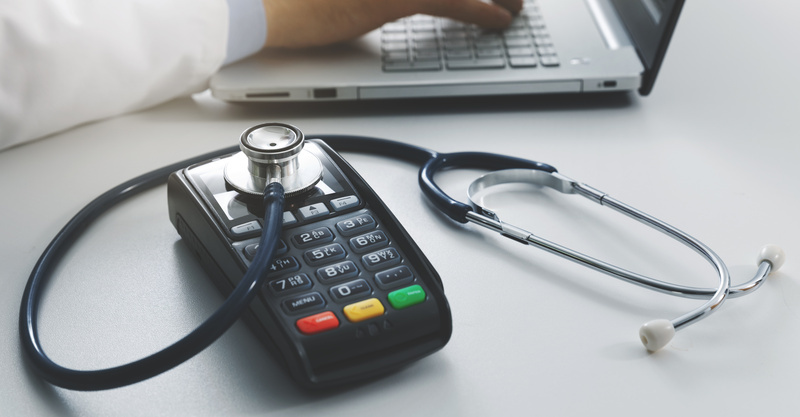The existing healthcare payment landscape isn’t working for patients or healthcare providers these days, with many urgent care centers relying on complicated and outdated systems. Patients are accustomed to easy and convenient payments in nearly all aspects of day-to-day life — paying for their urgent care visits shouldn’t be the exception.
When patients don’t pay their urgent care bills, it’s not that they don’t want to pay — it’s simply too difficult. In fact, 95% of patients say they would pay their bills online if given an easy option to do so. Instead, they’re often presented with paper bills that are frustrating, difficult to understand, hard to pay, and easy to forget about.
On the provider side, cumbersome billing processes are equally problematic, leaving urgent care centers struggling to collect patient responsibility. Patient payments make up about 30% or more of revenue, so when patients are slow to pay their bills or don’t pay them at all, it hurts business. Of that revenue, 14% is lost to bad debt when patients don’t pay.
To improve the patient payment experience for the benefit of everyone involved, urgent cares need to adopt consumer-centric payment systems that offer pricing transparency and intuitive and straightforward payment options. Adapting to the evolving landscape will allow urgent care centers to address changing patient expectations and remain financially stable now and into the future.
Here’s what you need to know about why this is important:
Challenges in Healthcare Payments
From the lack of transparency around healthcare costs to the cumbersome payment processes that exist nearly across the board, there are widespread challenges related to healthcare payments today. Patients are frequently left frustrated by opaque pricing that offers little information about the cost of healthcare procedures. Beyond presenting financial challenges, this can also erode trust and weaken relationships between the patient and the urgent care center.
Additionally, payment processes often contain multiple layers of friction that pose challenges for both patients and their providers. Factors like complicated billing processes and delayed or denied reimbursements can slow an urgent care’s cash flow and interfere with a positive patient experience: diminishing patient satisfaction and limiting the lifetime value of your patients.
On the payer side, urgent cares are facing complex contract negotiations, claim denials, and increasing operating costs. Meanwhile, inflation continues to rise, putting increasing stress on operating margins. Moving forward, a patient-centric approach is key for addressing revenue gaps and coming out ahead.
Evolution of Consumer Expectations
Adding another complex layer into the mix is the fact that consumers today have higher expectations for an easy payment process than ever before. Research shows that more than 70% of consumers desire tailored services and 76% are frustrated when they’re expectations aren’t met. They are used to simple and streamlined payment systems, and they want convenience, efficiency, and ease everywhere they go. InstaMed research shows that 90% of consumers pay their phone, utility, and other recurring bills online. A vast majority prefer to make online payments and receive electronic communications for medical bills, and yet 70% still receive their medical bills by mail.
Unfortunately, today’s healthcare payment structure doesn’t align with evolving consumer expectations. Consumers want transparency —they want to know their patient responsibility upfront and they’re growing increasingly interested in online estimation tools that provide this information. They also want easier payment processes — about 50% are even willing to switch providers for a better payment experience, InstaMed research shows.
The Necessity of Consumer-Centric Patient Payment Solutions
With the right patient payment solutions that give consumers clarity into healthcare costs and reduce friction in payment processes, urgent cares can deliver on patient expectations and collect patient payments at the time of the visit — a win-win for everyone involved. When urgent care centers adopt patient payment solutions that deliver transparent pricing and cost estimates, patients are empowered with this information at the time of booking. Advancements in AI will undoubtedly help make these cost estimates more and more accurate over time.
Adopting smart technology that improves revenue collection is a financial win for urgent cares, but it also fosters trust and improves patient satisfaction. When one urgent care company used Solv to handle their patient payments, they sped up their cash flow and cut bad debt, ultimately boosting their bottom line and seeing a 19X return on investment. They also improved the patient experience by offering patients a way to make smoother, hassle-free payments.
To streamline operations, increase patient satisfaction, and boost revenue, today’s urgent care operators need to adopt innovative patient payment solutions that enhance transparency and allow for faster, easier, and more seamless payments.




